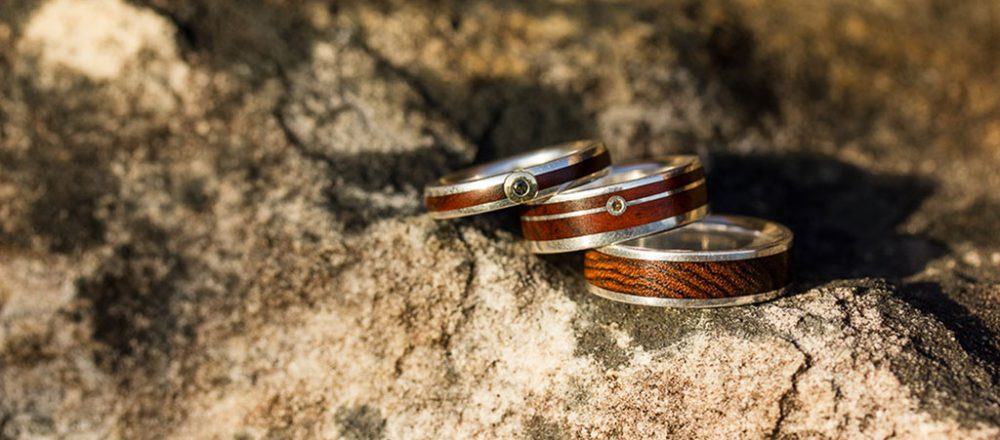MATERIAL
WOOD
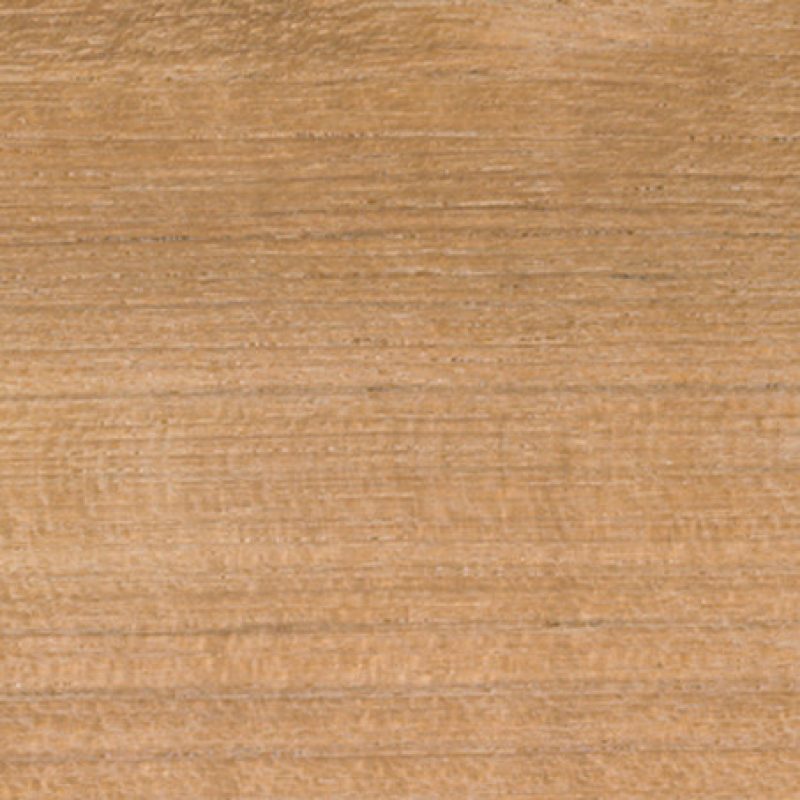
Teak
Teak is a tropical hardwood tree species in the family Lamiaceae. It is a large, deciduous tree that occurs in mixed hardwood forests. Tectona grandis has small, fragrant white flowers arranged in dense clusters at the end of the branches. These flowers contain both types of reproductive organs
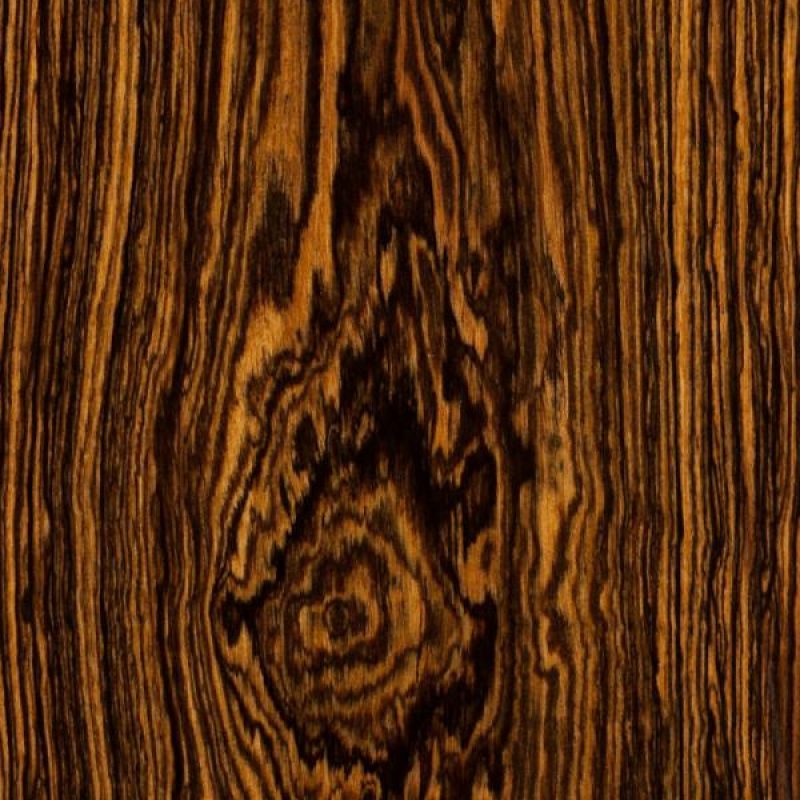
Bocote
Cordia is a genus of flowering plants in the borage family, Boraginaceae. It contains about 300 species of shrubs and trees, that are found worldwide, mostly in warmer regions. Many of the species are commonly called manjack, while bocote may refer to several Central American species in Spanish
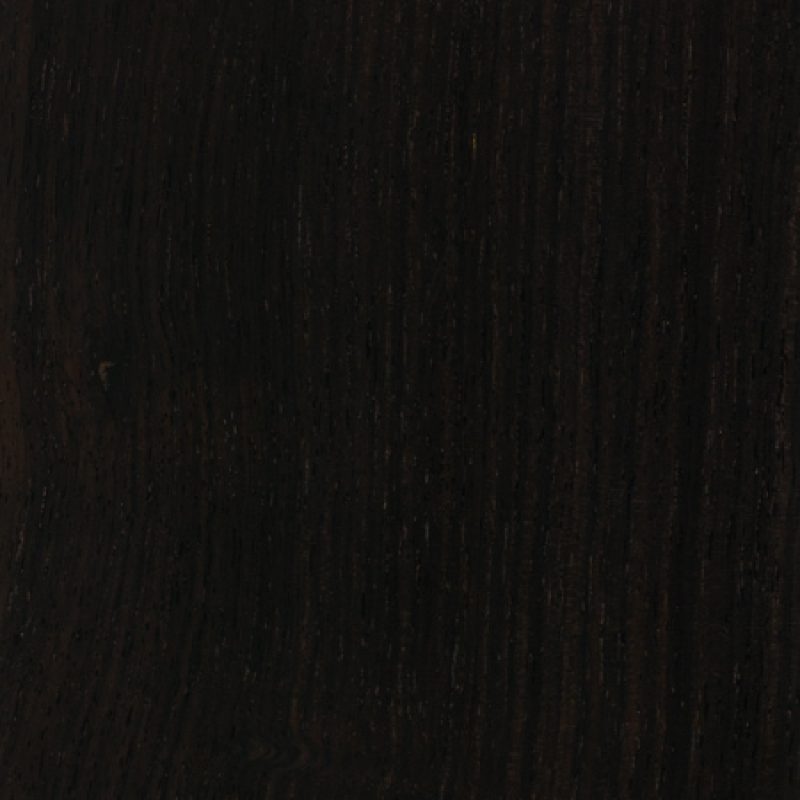
Africa Blackwood
Dalbergia melanoxylon is a flowering plant in the family Fabaceae, native to seasonally dry regions of Africa from Senegal east to Eritrea and south to the north-eastern parts of South Africa.
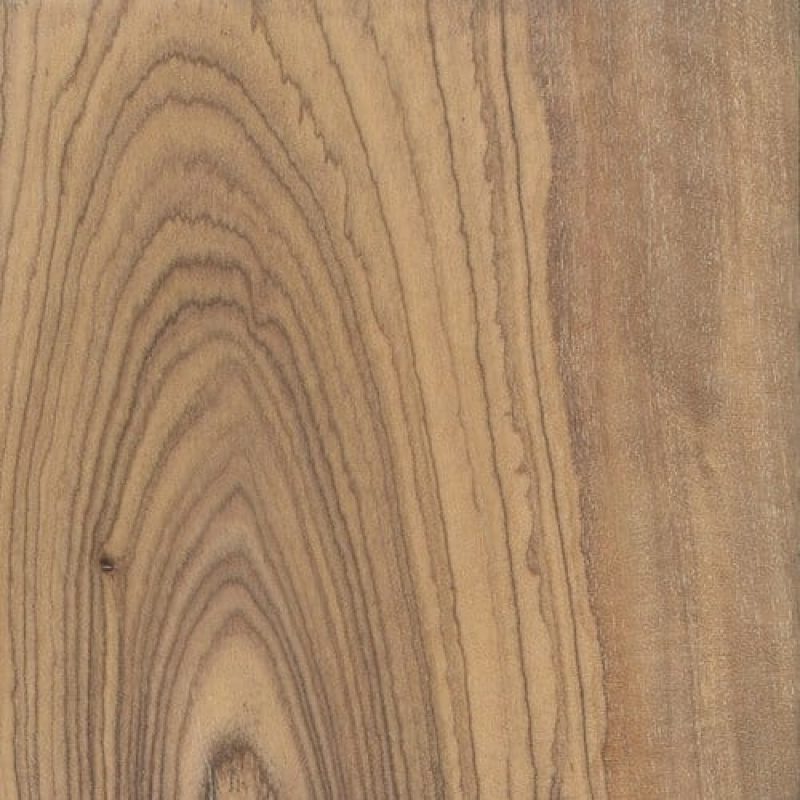
Wild Olive
Olea europaea subsp. cuspidata is a subspecies of the well-known olive tree, which until recently was considered a separate species and is still mentioned as such in many sources. It has various common names, including wild olive, brown olive and Indian olive.
STONES
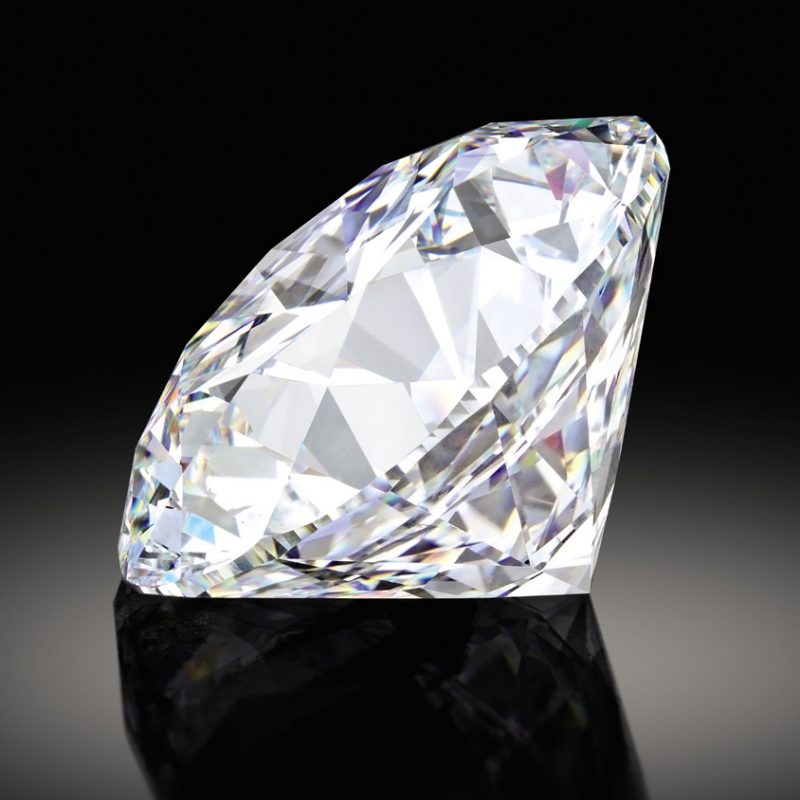
Diamond
Diamond is a solid form of the element carbon with its atoms arranged in a crystal structure called diamond cubic. At room temperature and pressure, another solid form of carbon known as graphite is the chemically stable form of carbon, but diamond almost never converts to it
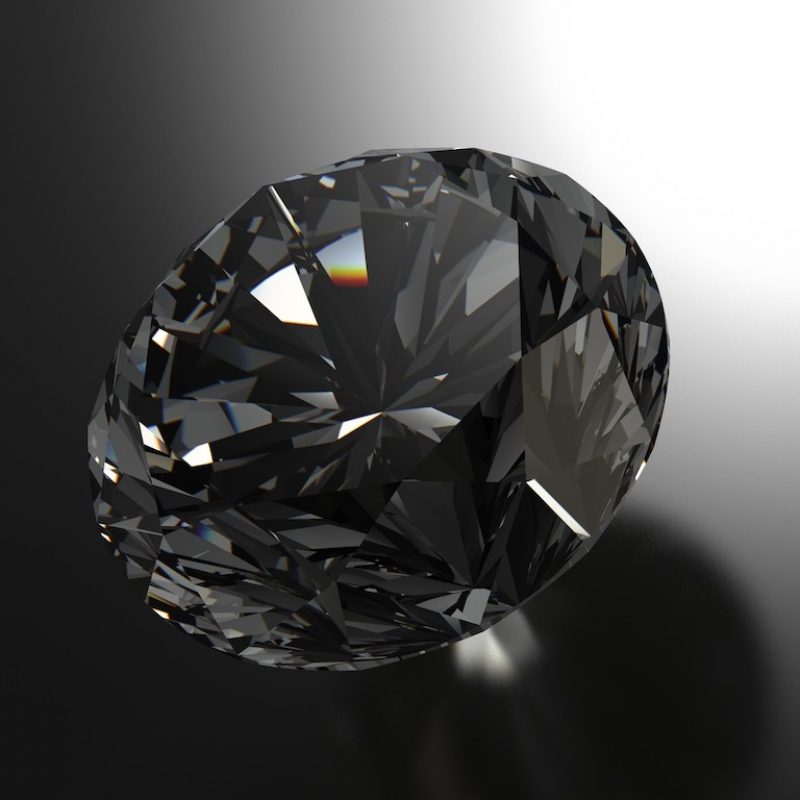
Black Diamond
Natural-color black diamonds typically are completely opaque, with a high luster that gives the stones an almost metallic appearance. … They are often more affordable than other diamonds, too. Most of the black diamonds sold for jewelry and engagement rings have been treated to induce the color.
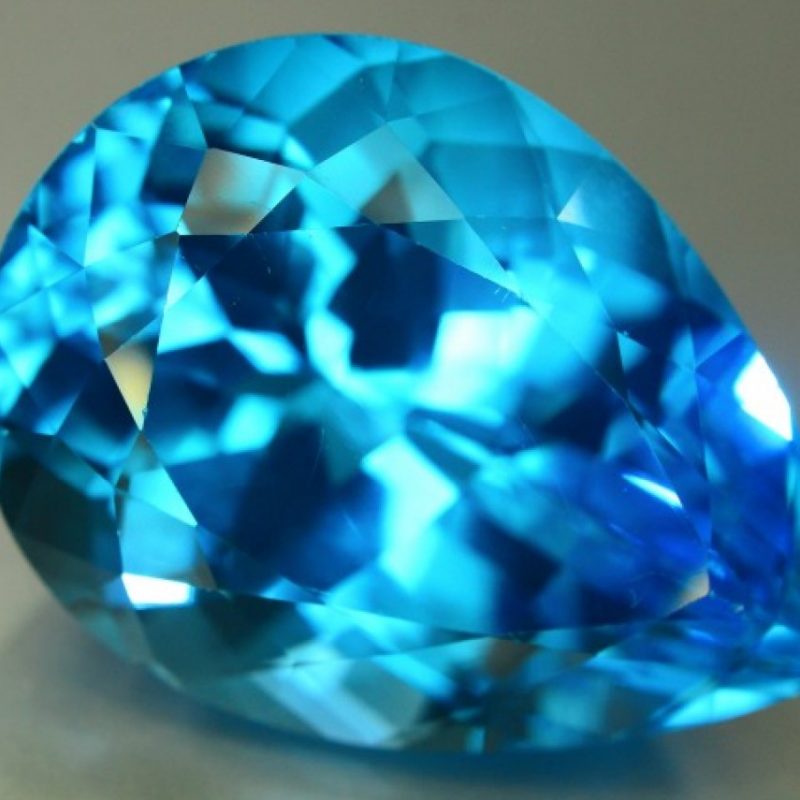
Blue Topaz
Topaz is a silicate mineral of aluminium and fluorine with the chemical formula Al₂SiO₄(F, OH)₂. It is used as a gemstone in jewelry and other adornments. Topaz in its natural state is a golden brown to yellow.
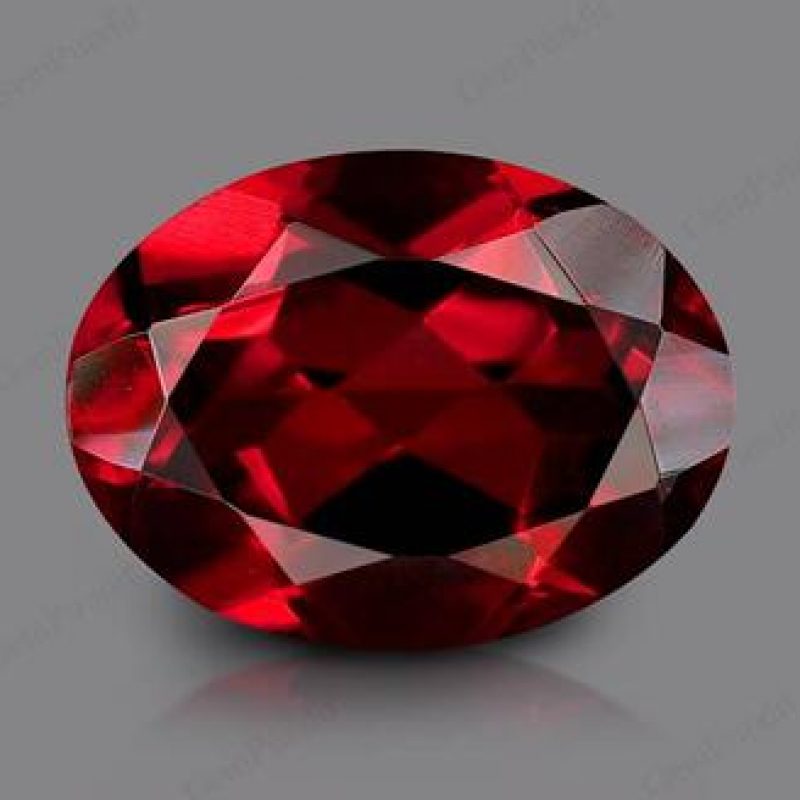
Garnet
Garnets are a group of silicate minerals that have been used since the Bronze Age as gemstones and abrasives. All species of garnets possess similar physical properties and crystal forms, but differ in chemical composition. The different species are pyrope, almandine, spessartine, grossular, uvarovite and andradite
PRECIOUS METALS

Silver
Silver is a chemical element with the symbol Ag and atomic number 47. A soft, white, lustrous transition metal, it exhibits the highest electrical conductivity, thermal conductivity, and reflectivity of any metal.

White Gold
White gold was originally developed to imitate platinum (a naturally white metal). White gold is usually an alloy containing about 75% gold and about 25% nickel and zinc. If stamped 18 karat, it would be 75% pure gold.

Yellow Gold
Pure gold is slightly reddish yellow in color, but colored gold in various other colors can be produced. Colored golds can be classified in three groups: Alloys with silver and copper in various proportions, producing white, yellow, green and red golds. These are typically malleable alloys.

Rose Gold
Rose gold is a blend, or an alloy of pure 24 karat yellow gold, copper and silver. Pure 24 karat yellow gold is the base for all gold colors and qualities, but is too soft to be used in a pure state for jewelry. It needs to be blended, or alloyed with other metals to strengthen it enough to wear.

Platinum
Platinum is a chemical element with the symbol Pt and atomic number 78. It is a dense, malleable, ductile, highly unreactive, precious, silverish-white transition metal. Its name is derived from the Spanish term platino, meaning “little silver”
RING SIZES
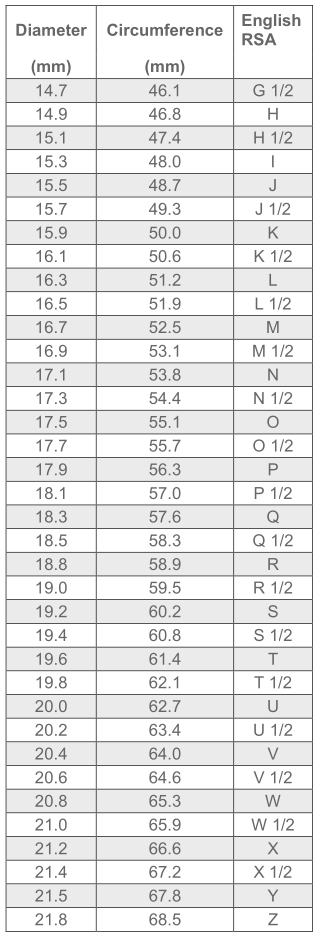
Measure Ring Size:
Measure Your Ring Size With These Steps:
1. Wrap string or paper around the base of your finger.
2. Mark the point where the ends meet with a pen.
3. Measure the string or paper with a ruler (mm).
4. Pick the closest measurement on the ring size chart to find your ring size.
More Ring Sizing Tips:
1. Measure the inside of another ring that fits using a tape measure and our printable ring sizer.
2. The ring should fit your finger comfortably: snug enough so it won’t fall off, but loose enough to slide over your knuckle with relative ease.
3. When the knuckle is bigger than the base of the finger, measure both places and pick a size in between the two.
4. Measure your ring size at the end of the day when your fingers are warm. Finger size changes depending on the time of day and the weather, and your fingers are actually smaller in the early morning and in cold weather. Also, keep in mind that fingers on your dominant hand are usually larger.
Measure 3 to 4 times for more accuracy.
It is advised to get your finger sized at a professional jeweler or jewelry store.
